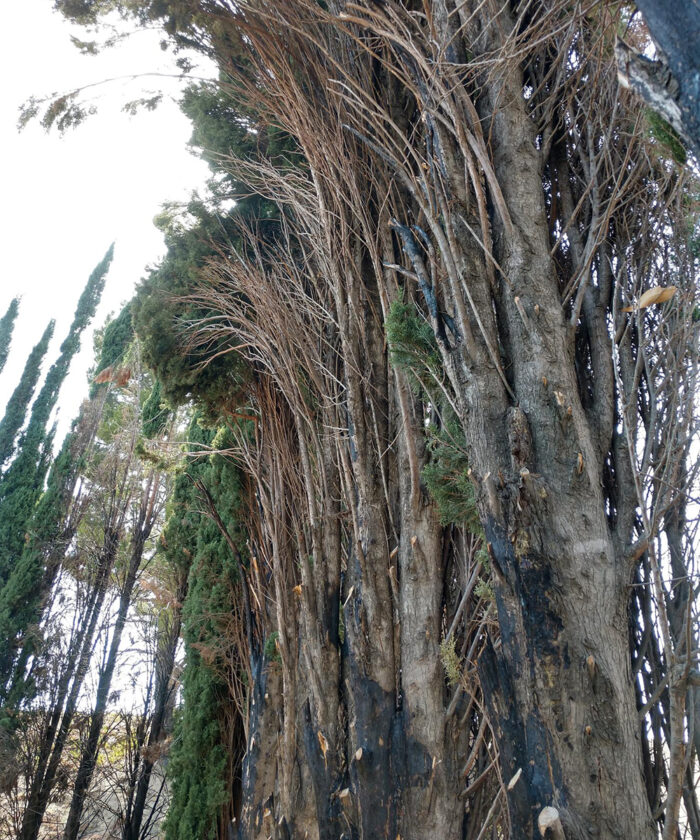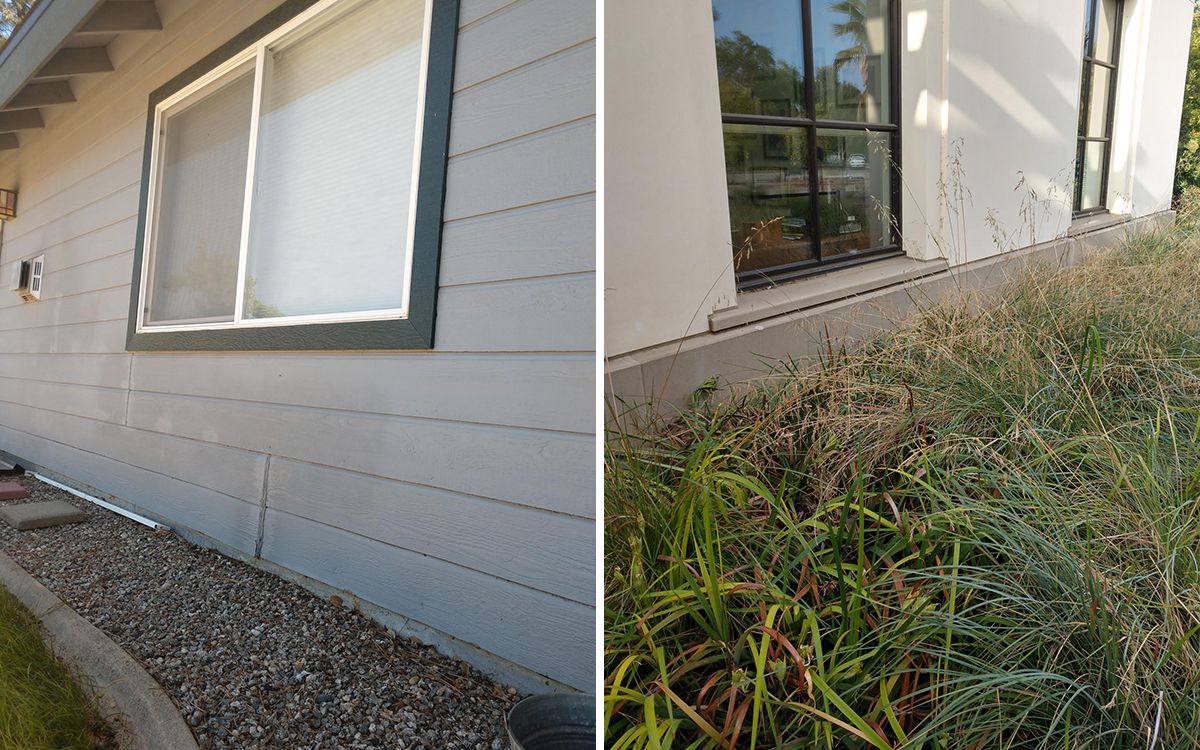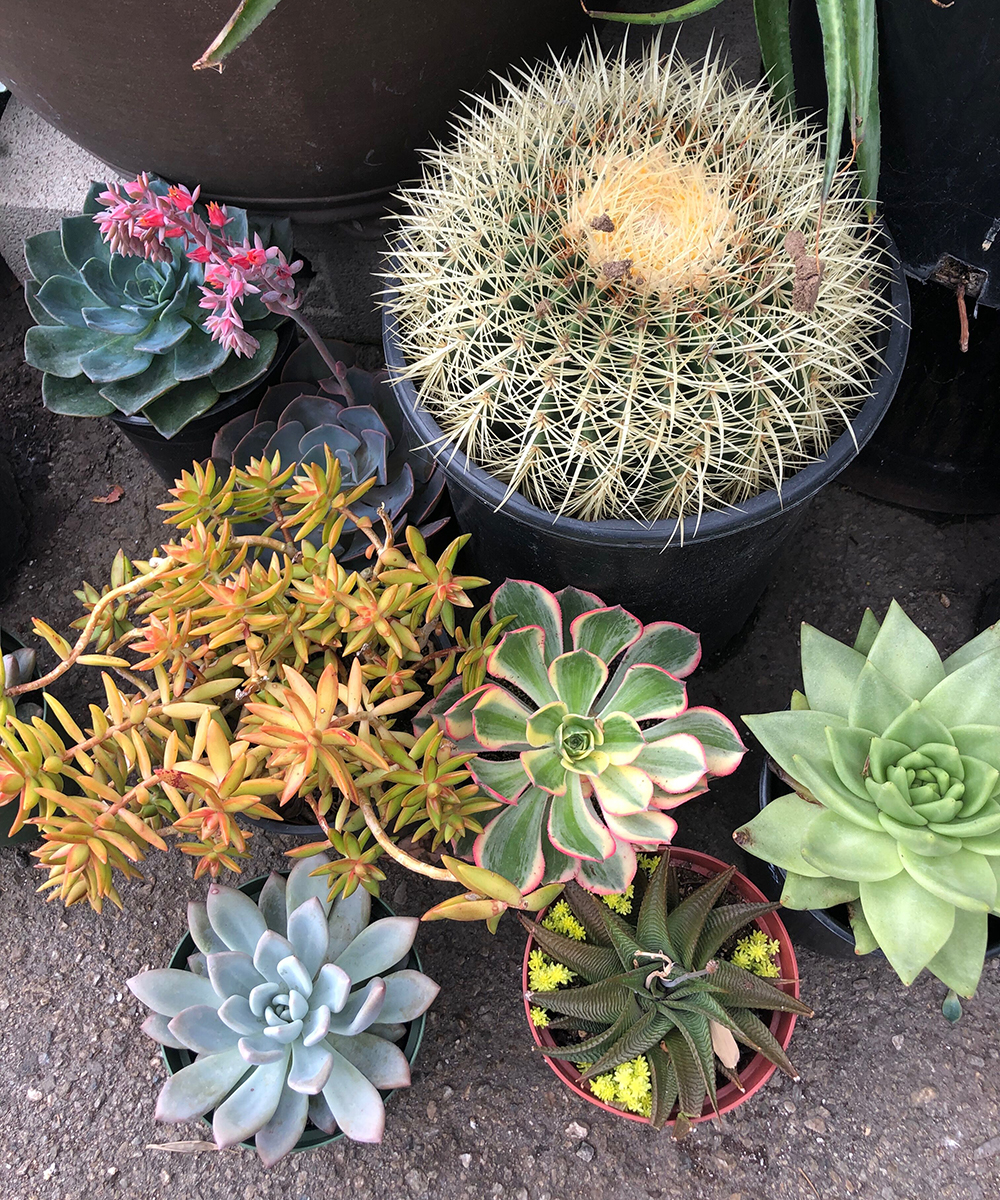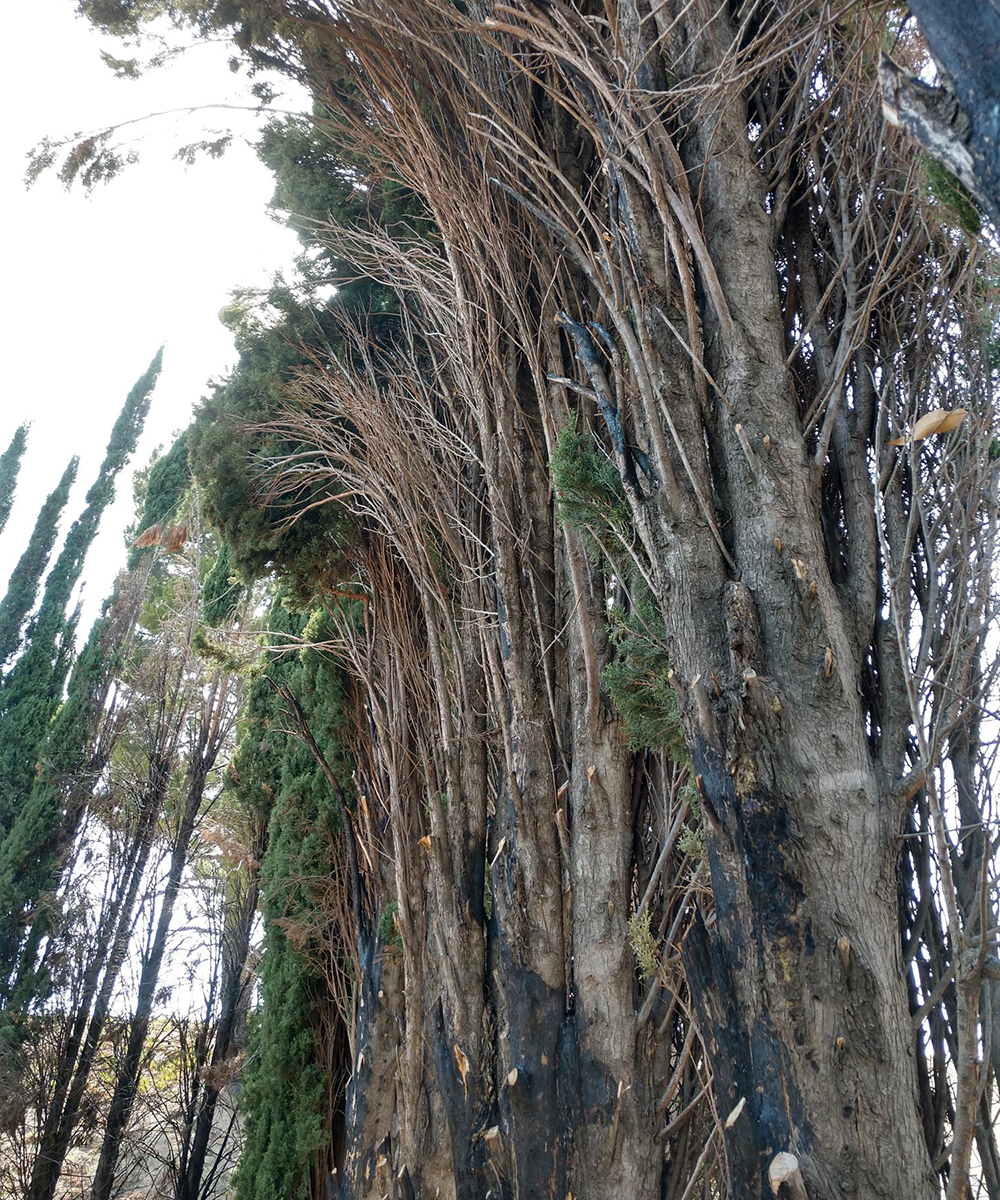
With so many Southern California neighborhoods adjacent to the foothills, it’s important to address fire safety in our landscape. Many residents near the foothills are forced to act on clearance issues every spring by their local fire departments. But it’s not only these neighborhoods that are vulnerable; we are seeing wind-fueled fires spreading into even urban areas. This brings fire safety to the forefront for all Southern California neighborhoods as we approach the dry season. Luckily, there are preventive measures you can take to protect your home and garden from the worst impact of wildfire.

Surround your home with a defensible space
It’s time to consider the layout of your landscape as it relates to fire safety. Many homes in our region are designed with planter beds placed against the house, which isn’t always the best idea for fire safety. These beds encourage planting right up to the structure. When thinking about fire safety, your first goal should be to create a defensible space surrounding your house. This means pulling the garden back away from the house so plants that can catch fire are less likely to make a bridge for the fire to reach your house.

Choose fire-resistant plants
Another important consideration is choosing plants that are less likely to burn. While no plant is fireproof, some plants are more fire resistant than others. High-moisture plants like succulents can act as a barrier to the flames. I’ve seen photos of succulents touched by fire, and although they looked steamed, they were not fuel for the flames.
My parents’ home caught fire in the 2017 Creek fire in Los Angeles, and what seemed to encourage the spread in their instance was the highly flammable Italian cypress (Cupressus sempervirens, Zones 7–10) that they had planted close to their house. Make sure to choose plants that store more water in their leaves and stems, produce less dry material, are deciduous, or have low levels of oils or resins. Some plants to avoid right near your house are conifers, grasses, and anything woody or twiggy.

Keep up with routine garden maintenance
Keeping your garden clear of dry debris is another impactful thing you can do to reduce your risk of fire damage. This material acts as tinder for the fire, so keep pruning out flammable dead material. Your plants will be healthier for it too! Some local fire agencies recommend storing dead material 30 feet from a structure, but check with your local department, as recommendations vary.
Prune tree limbs away from your home
Take a look at your trees—are they rubbing against your roof? Keep them pruned at least 6 to 10 feet above the structure. I encourage you to hire an ISA-certified and insured arborist to address any tree issues, as this professional will be informed on local guidelines and you will be protected from liability issues.
Protect your vents and gutters
Embers blowing in the wind spread fire quickly. Many of these embers end up catching on dry and dead material or entering through vents. Keep your vents covered with a metal mesh for extra protection. Also, keeping those gutters clear of dry leaves is essential.
Gardening is about forward thinking—we plant in anticipation of our beautiful future space. So think of these fireproofing steps as a hopeful act too! Learn more about firewise gardening here:
- Firescaping and Wildfire Recovery: An Interview with Douglas Kent
- Firescaping: Plants That Help Protect Your Property From Fire
- Firewise Landscaping: How Safe Is Your Home?
—Cara Hanstein is a head gardener at the Huntington Library, Art Museum, and Botanical Gardens in San Marino, California.
Fine Gardening Recommended Products

The Crevice Garden: How to make the perfect home for plants from rocky places
Fine Gardening receives a commission for items purchased through links on this site, including Amazon Associates and other affiliate advertising programs.

A.M. Leonard Deluxe Soil Knife & Leather Sheath Combo
Fine Gardening receives a commission for items purchased through links on this site, including Amazon Associates and other affiliate advertising programs.

Lee Valley Garden Obelisks
Fine Gardening receives a commission for items purchased through links on this site, including Amazon Associates and other affiliate advertising programs.


















Comments
Log in or create an account to post a comment.
Sign up Log in